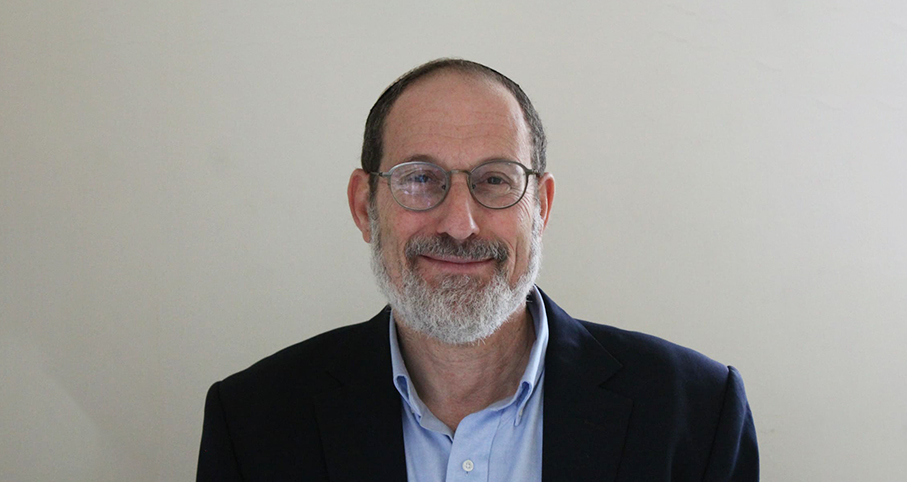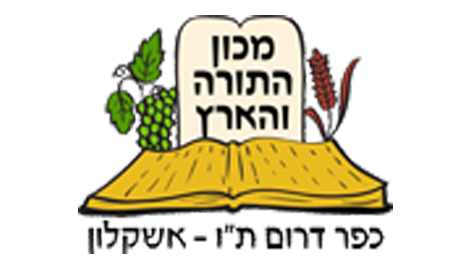Ask the Rabbi
- Shabbat and Holidays
- Food Preparation and Usage
- Cooking and Heating
Question
Hi there,
I have two Shabbat related hot drink questions. I have been told that instant coffee is allowed since it has been cooked prior, and therefore I am assuming instant hot chocolate works the same way, but what about plain cocoa powder? If water is added is it considered cooking them on Shabbat?
I am also not sure regarding Keli Sheini, since I have thank G-d, a very good thermos at home that when I pour water out of it, it’s strong enough to actually burn our tongues, it would certainly be cooking as far as the temperature of the water, in this case do I still pour out into a second cup to make sure the water has cooled before pouring it onto tea during Shabbat?
Thank you so much, I really appreciate it,
Answer
Shalom,
Thank you for your question. There is much debate as to preparing hot drinks on Shabbat. I will outline a widely accepted opinion (followed by Rav Moshe Feinstein zt”l and many others).
A few definitions – the pot the water is heated up in over the fire (or electricity) - that is the kettle – is called a “kli rishon” a first vessel. If the water is poured from that first vessel onto something (such as tea or coffee etc) that would be called “irui m’kli rishon” pouring from a first vessel. If on the other hand the hot water was poured into an empty cup (or jug etc), that cup is called a “kil shaini” a second vessel. If one added tea or coffee to such a cup it would be called “using a kli shaini”. If again we poured water from the second vessel unto something (such as tea or coffee) that would be called “irui m’kli shaini” pouring from a second vessel. If though we poured from the second vessel into an empty cup, that would then be called a “kli shlishi” a third vessel, and putting things into it would be using a third vessel.
So, (if you are still with me), we have the following levels of “cooking”
1) putting things into the kettle itself - that is “kli rishon”
2) pouring from a kli rishon onto foods etc (tea coffee etc) - “irui m’kli rishon”
3) putting things into water that is now in a kli sheni
4) pouring from a “kli sheni” onto foods - “irui m’kli sheini”
5) putting things into water that is now in a “kli shlishi”
Now, (if you have all that down), there is a difference between substances we want to “cook”. There are differences between things that have been previously cooked (such as instant coffee) and things that have not been cooked (such as tea leaves). There is also a difference between liquids (milk) and solids. Some also differentiate between solid solids, and solids that are designed to dissolve (such as sugar). Also be aware that things that might look as though they have been cooked might really have some raw ingredients in them – for example a sugar substitute (saccharine etc) - I am not sure that it have all been cooked. Each type has its own rule, and into which level (1-5) it may be used with.
With all this in mind, the easiest way to prepare hot drinks on Shabbat is to use a third vessel “kli shlishi”. Many Rabbis hold (and this is a main stream approach) that a third vessel does not cook. So, if you take your hot water from the kettle and pour it into a mug, and then pour from the mug into a cup – that cup is now a “kli shlishi” and you may put whatever you want into it (cooked, raw, liquid or solid). [Of course, based on what we said above, in some cases this is beyond what is needed – but if you follow this you will have a simple way that is good for all cases]. (Some things work practically better if the hot water is poured onto them, rather than put into the hot water. In such a case you could pour from the third vessel onto them – while they sit in an empty forth cup.).
As to the thermos, although there is some debate about this also, we would consider the thermos as a second vessel. That is, despite the fact that it retains its heat very well, because it was filled from the kettle, it is a second vessel. If you pour from it on Shabbat into an empty cup, that cup would now be a third vessel that one could put tea or coffee etc into.
Of course, as we mentioned, these laws are very technical and involve many nuances – but what we have outlined here is a way to avoid any problems according to many opinions.
Blessings.

Coffee "Brewing" on Shabbat
Rabbi David Sperling | Adar 5, 5773

Warming pizza on Shabbat
Rabbi Yoel Lieberman | Sivan 25, 5775

Cooking on Shabbat
Various Rabbis | Shevat 4, 5768



